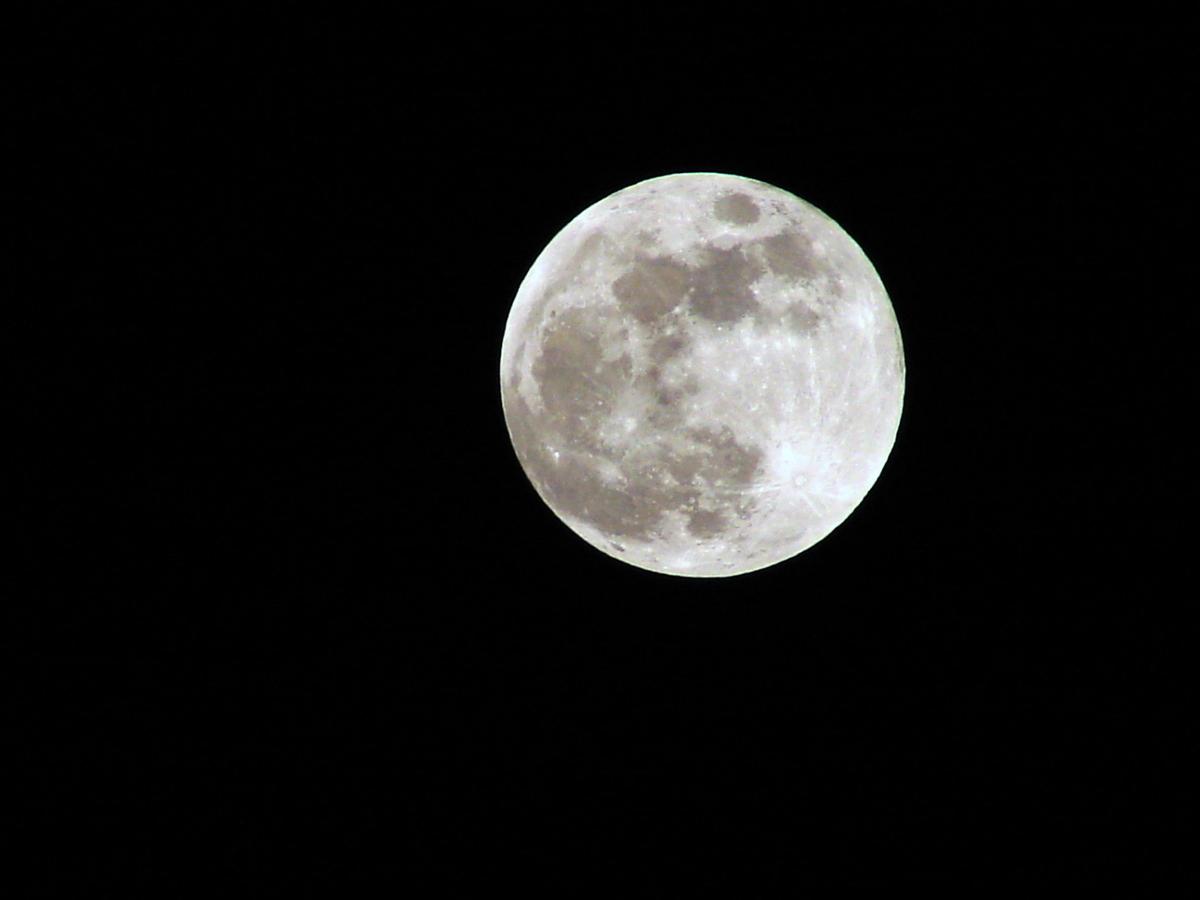The Moon may look calm and cold, yet it has a turbulent, fiery—and mysterious—past. Its origins date to four and a half billion years ago, when a small planet crashed into Earth. The rubble from the impact ultimately fused into our lunar neighbor. At first, the Moon was molten, bubbling with lava. Eventually, the magma cooled and solidified. With only a minimal atmosphere, the solid crust has been bombarded by asteroids, meteoroids, and comets, producing the cratered exterior we recognize today.
Of course, that’s a very quick overview of billions of years of lunar history! A Chinese mission provided further details. In December 2020, the unmanned spacecraft gathered rocks from the Moon’s surface. These samples are the first lunar rocks collected in nearly half a century! They come from a place called the Mons Rümker, a collection of extinct volcanoes previously unexplored.
Former rock samples, including the ones collected by the Apollo missions, gave us some details of the Moon’s past. Those samples showed that the Moon was volcanically active up until about three billion years ago. It then began to cool off—fitting for its small size, scientists thought.
But the rocks from the Chinese mission challenge our understanding of lunar geology. Chemical analysis reveals that lava was flowing two billion years ago—much more recently than we thought. Why would such a small body be volcanically active for so long? Scientists aren’t sure. One hypothesis proposes that the Earth’s gravitational pull kept the Moon’s interior hot enough for flowing magma. But the mystery remains. What secrets of its past does the Moon still harbor?









